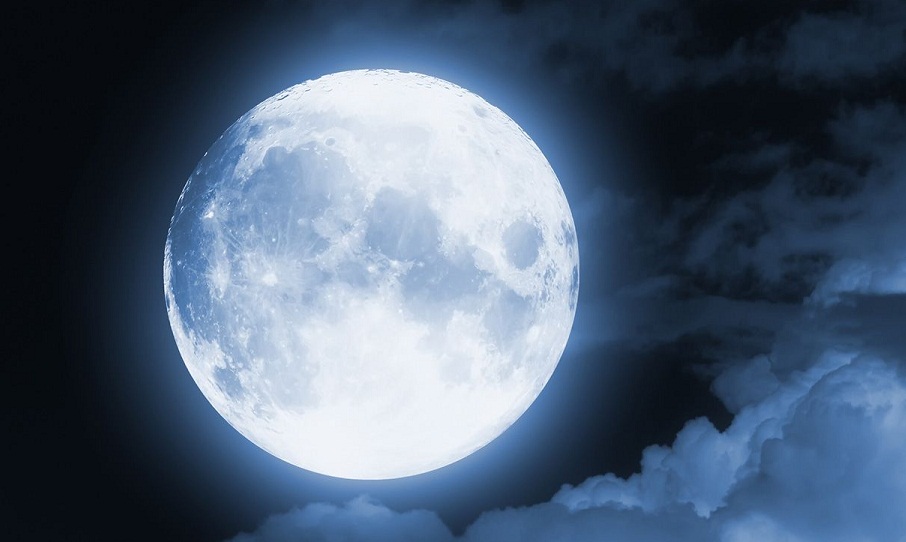Watch Nature’s Delight: Blue Moon Today, October 31

Manasi Saraf Joshi
Pune, October 31, 2020: One of the rare phenomenon, this year there will be a ‘Blue Moon’, on October 31, said director of Nehru Planetarium, Arvind Paranjpye. Interestingly, the last Blue Moon in a month with 30 days was on 30 June 2007 and the next one will be on 30 September 2050 while there were two Blue Moons in 2018. The first one was on 31 January and the second Blue Moon followed on 31 March. The next Blue Moon will be on 31 August, 2023.
Elaborating on the Blue moon phenomenon, Paranjpye said, “definition of the Blue Moon has nothing to do with the colour of the moon. Similarly, there will never be a Blue Moon in February as this month is shorter than one lunar month by about 12 hours”.
Likewise, it is not too common to have a Blue Moon in a month of 30 days”, he said.
Colours of the Moon
“The colour of the rising Moon appears reddish but when the Moon is well above the horizon it loses that red hue and looks white with many shades of grey. The reason for this phenomenon is the scattering of light by the Earth’s atmosphere. The Earth’s atmosphere is made up of nitrogen (78%), oxygen (21%) and argon (0.9%). The remaining 0.1% of the atmosphere consists of molecules of carbon dioxide, methane, water vapour and dust particles”, he explained.
“When a ray of light enters the atmosphere of the Earth, it encounters air molecules. These air molecules scatter the light in different directions. The blue part of the light is scattered the most and the red the least. Closer to the horizon, that is when the Moon is rising or setting, this light has to pass through a thicker layer of atmosphere than when it is well above the horizon. By the time the ray of light reaches us, most of the blue component is scattered away and only red light reaches us. Hence the rising and setting Moon appears reddish. This phenomenon is also applicable to sunrise and sunset. The scattered blue component of sunlight that is reflected in all directions makes the sky look blue”, he elaborated.
When the Moon is seen through smoke and dust caused due to a forest fire or a volcanic eruption, most of the red component of the light is blocked and only the blue rays reach us, giving the Moon a bluish hue”, he informed.





